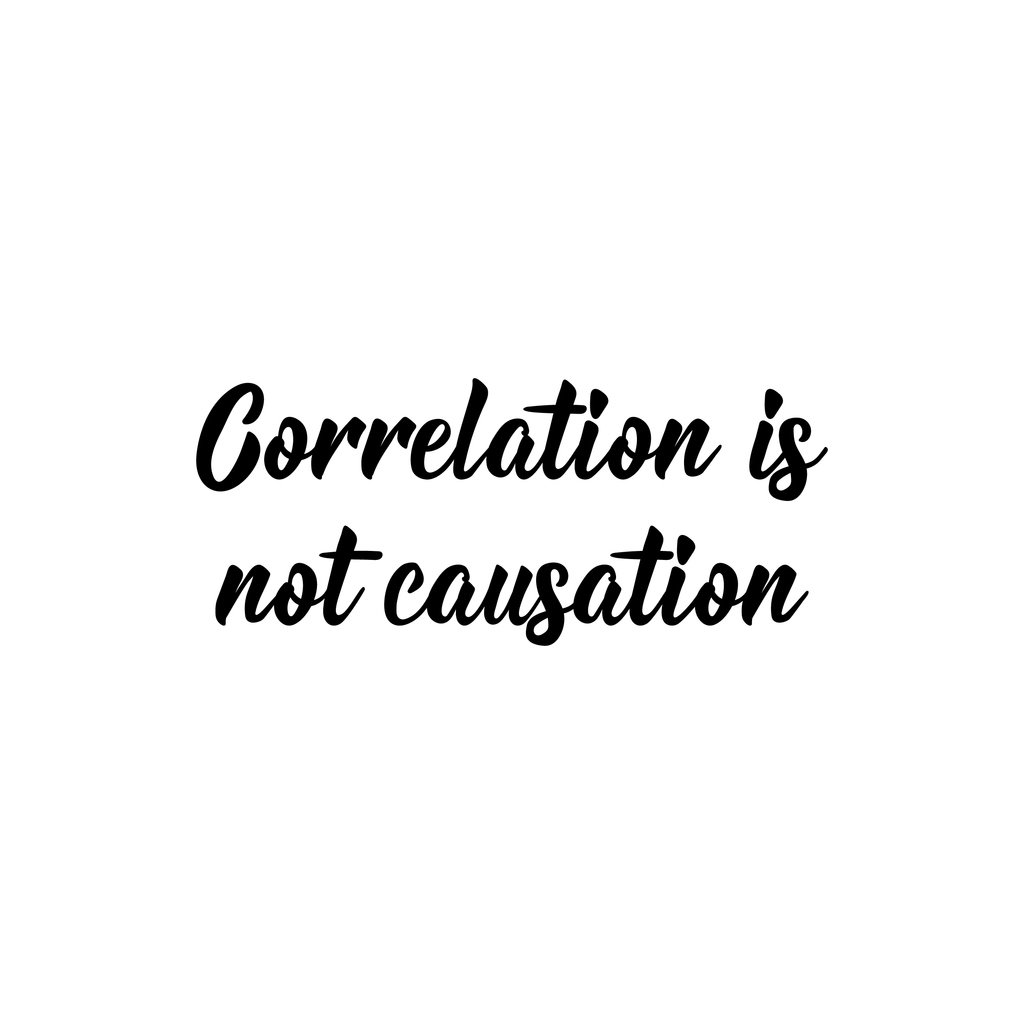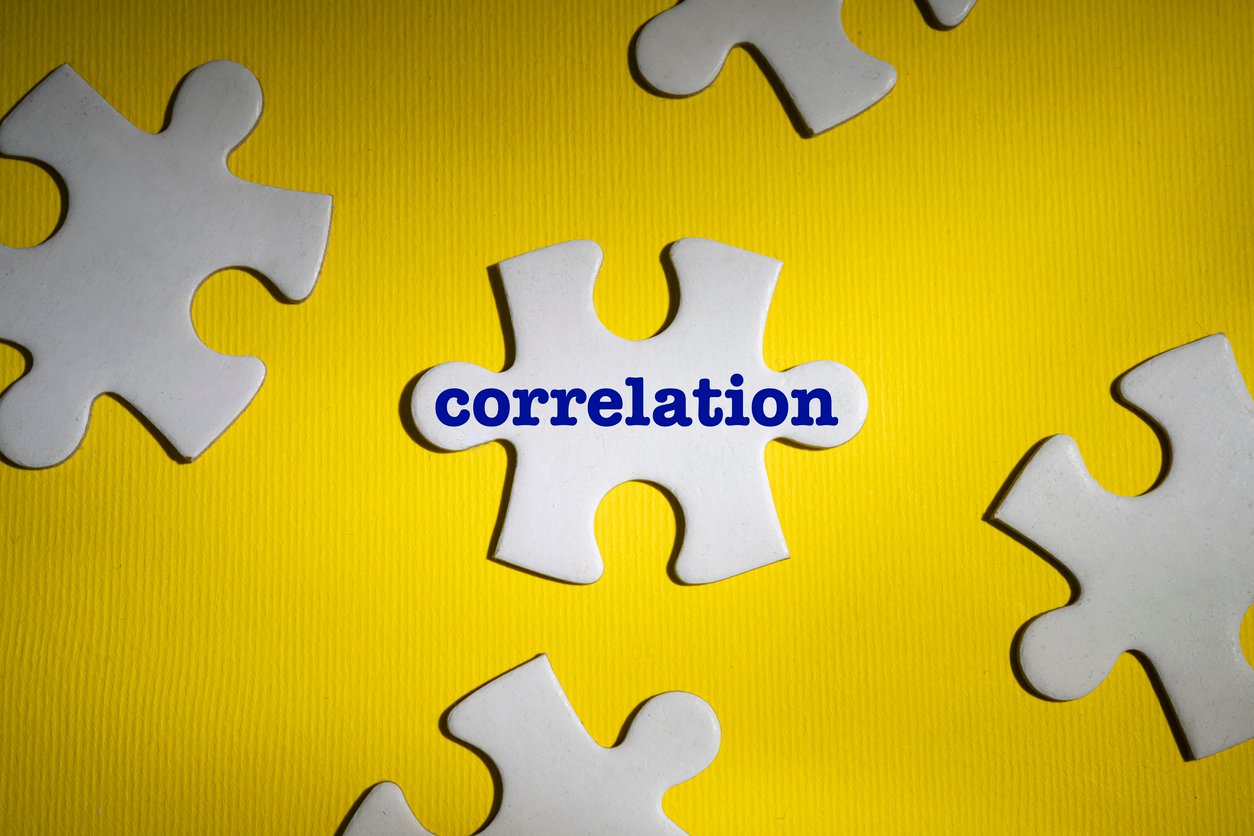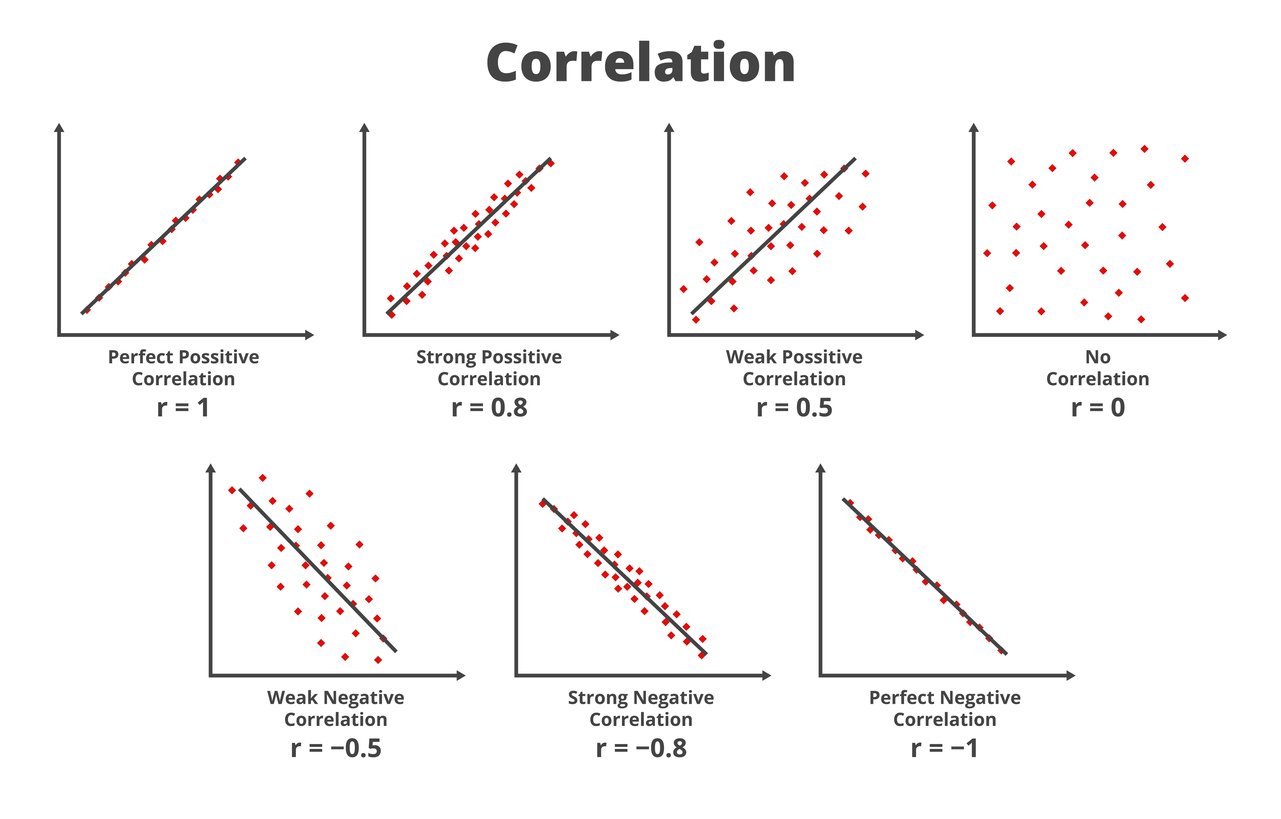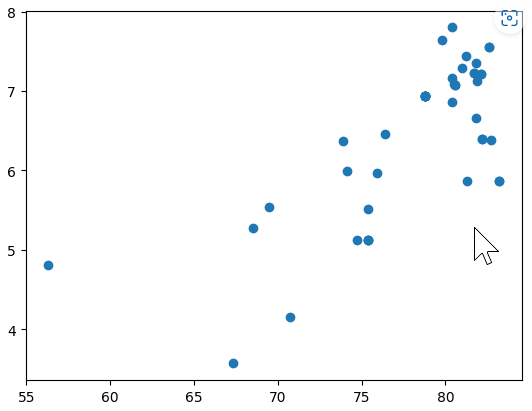Correlations
Analyzing Survey Data in Python

EbunOluwa Andrew
Data Scientist
Correlations in survey analysis
- Interdependence of variable quantities
- When one variable changes, so does the other
- Measures linear relationship between two survey items
- Correlation is NOT necessarily causal
- Possible affecting third variable
- Impossible to conclude which variable causes changes in the other

Correlation strength and direction
- Correlation coefficients -> 'r'
- -1.0 to 1.0
- -1 or 1 = perfect relationship
- 0 = no signifying relationship
- Less than 0 = negative relationship
- Greater than 0 = positive relationship
- Smaller data points, strong correlations needed to statistical significance

.corr() function
.corr()_first column_.corr(_second column_)

.corr() example: healthy_city
| City | Rank | Life expectancy_years | Happiness levels |
|------------|------|-----------------------|------------------|
| Amsterdam | 1 | 81.2 | 7.44 |
| Sydney | 2 | 82.1 | 7.22 |
| Vienna | 3 | 81 | 7.29 |
| Stockholm | 4 | 81.8 | 7.35 |
| Copenhagen | 5 | 79.8 | 7.64 |
| Helsinki | 6 | 80.4 | 7.8 |
| Fukuoka | 7 | 83.2 | 5.87 |
| Berlin | 8 | 80.6 | 7.07 |
| Barcelona | 9 | 82.2 | 6.4 |
.corr() example: healthy_city
import matplotlib.pyplot as plt
plt.scatter(healthy_city['Life expectancy_years'],
healthy_city['Happiness levels'])

.corr() example: healthy_city
happy_survey['Happiness levels'].corr(
happy_survey['Life expectancy_years'])
0.7245870841569987
Let's practice!
Analyzing Survey Data in Python

